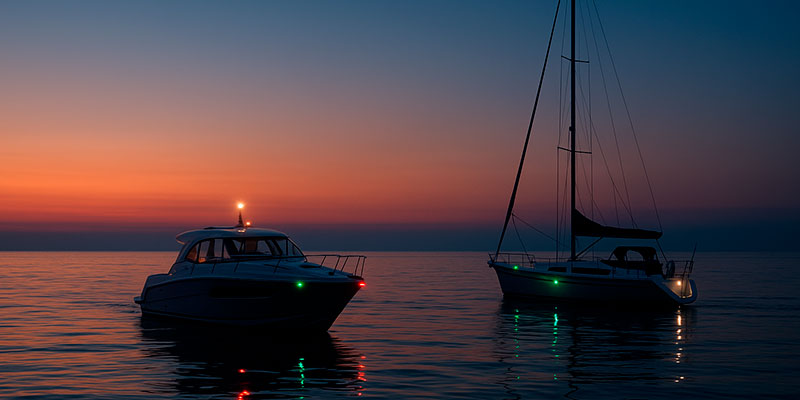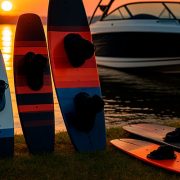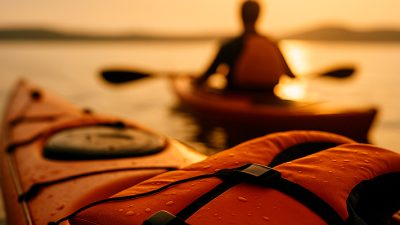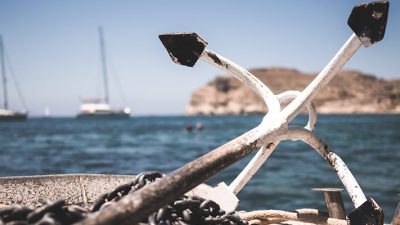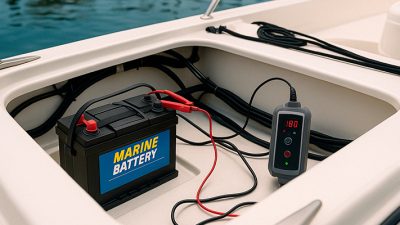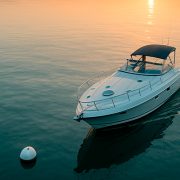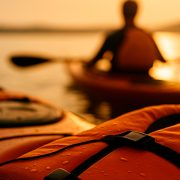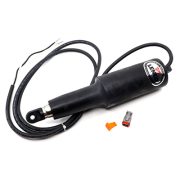Nearly every powered or sailing vessel operating after sunset or in restricted visibility must display navigation lights; requirements vary by size, type, and waters, but the basic purpose is collision avoidance and identification.
Navigation lights are mandatory for virtually all boats and vessels when underway between sunset and sunrise or during periods of reduced visibility such as fog or heavy rain. This includes motorboats, sailboats, personal watercraft, commercial vessels, fishing boats, and even small recreational craft if they are operating in conditions where other traffic might not see them clearly.
The lights communicate a vessel’s type, heading, and activity so nearby boaters can determine whether a vessel is under power, sailing, anchored, overtaking, or restricted in its ability to maneuver. Proper display helps prevent collisions and keeps traffic organized on busy or low-visibility waterways.
Typical requirements by vessel type
Sailboats under sail (with the engine off) must show the standard combination of red and green sidelights along with a white stern light at night. Motorboats display running lights and often a masthead light depending on their configuration. Commercial vessels, passenger ferries, towing vessels, and those constrained in their movement have additional prescribed light patterns to signal their status and intentions to others.
Even small craft such as inflatables, kayaks, or dinghies should carry and use appropriate lights if they are used after dark or when visibility is poor. Anchored vessels are required to exhibit an all-around white light to mark their presence.
Local and situational variations
Regulations can differ between inland waters and coastal areas, with some authorities adjusting specific spacing, intensity, or combinations. Regardless of the nuance, the universal goal remains the same: to make vessels visible and their actions interpretable so operators can make safe navigational decisions.
Conclusion
Properly functioning navigation lights are a fundamental safety requirement for night and low-visibility boating. Almost any vessel underway in such conditions needs them. Ensuring the correct lights are displayed for your boat type and situation is critical for avoiding accidents and maintaining orderly traffic on the water.

